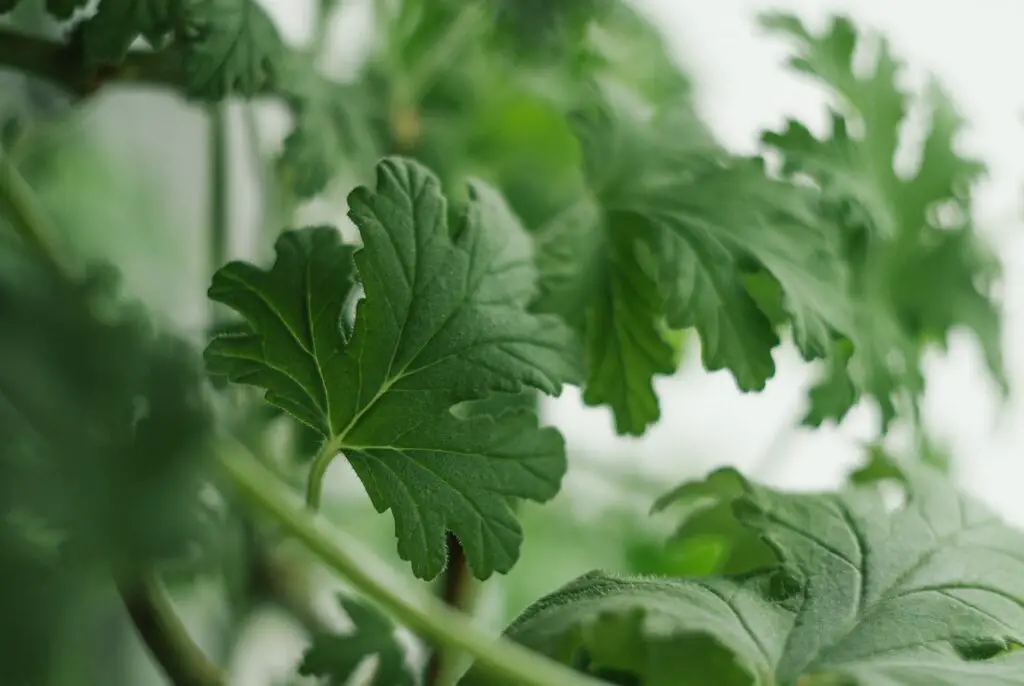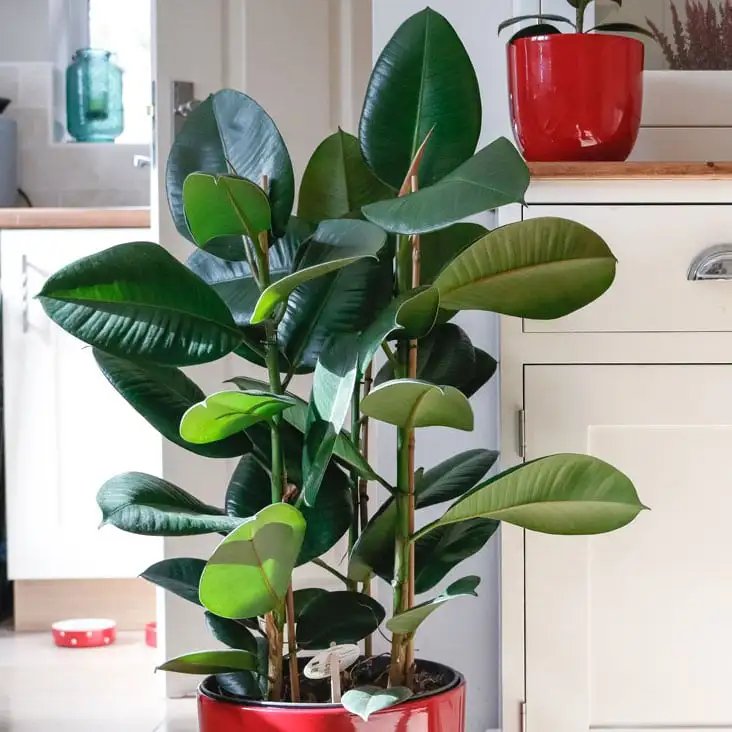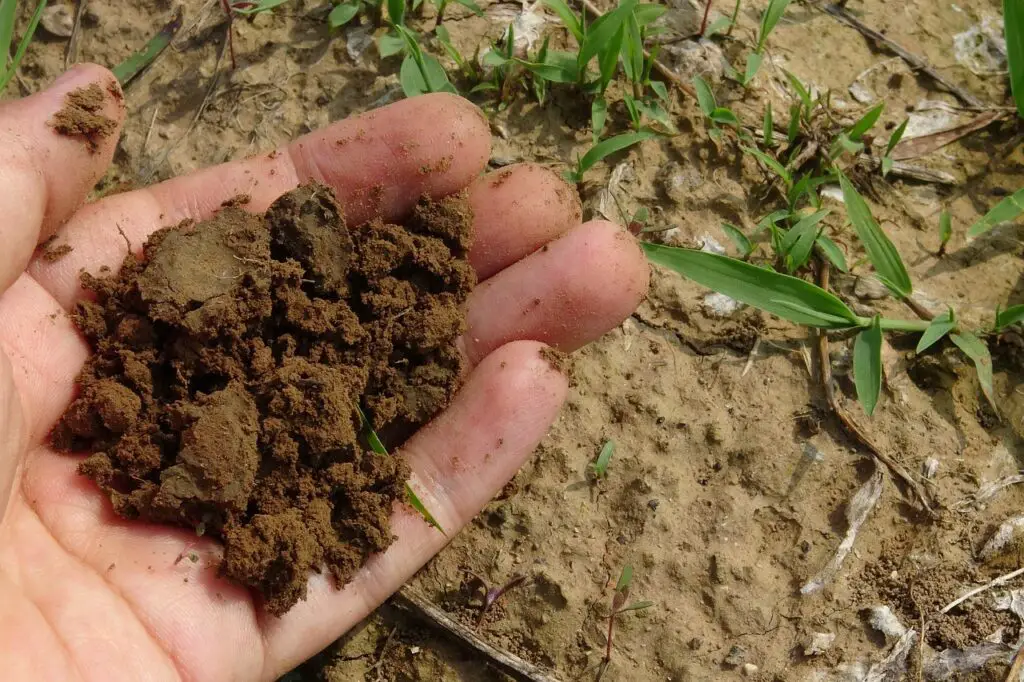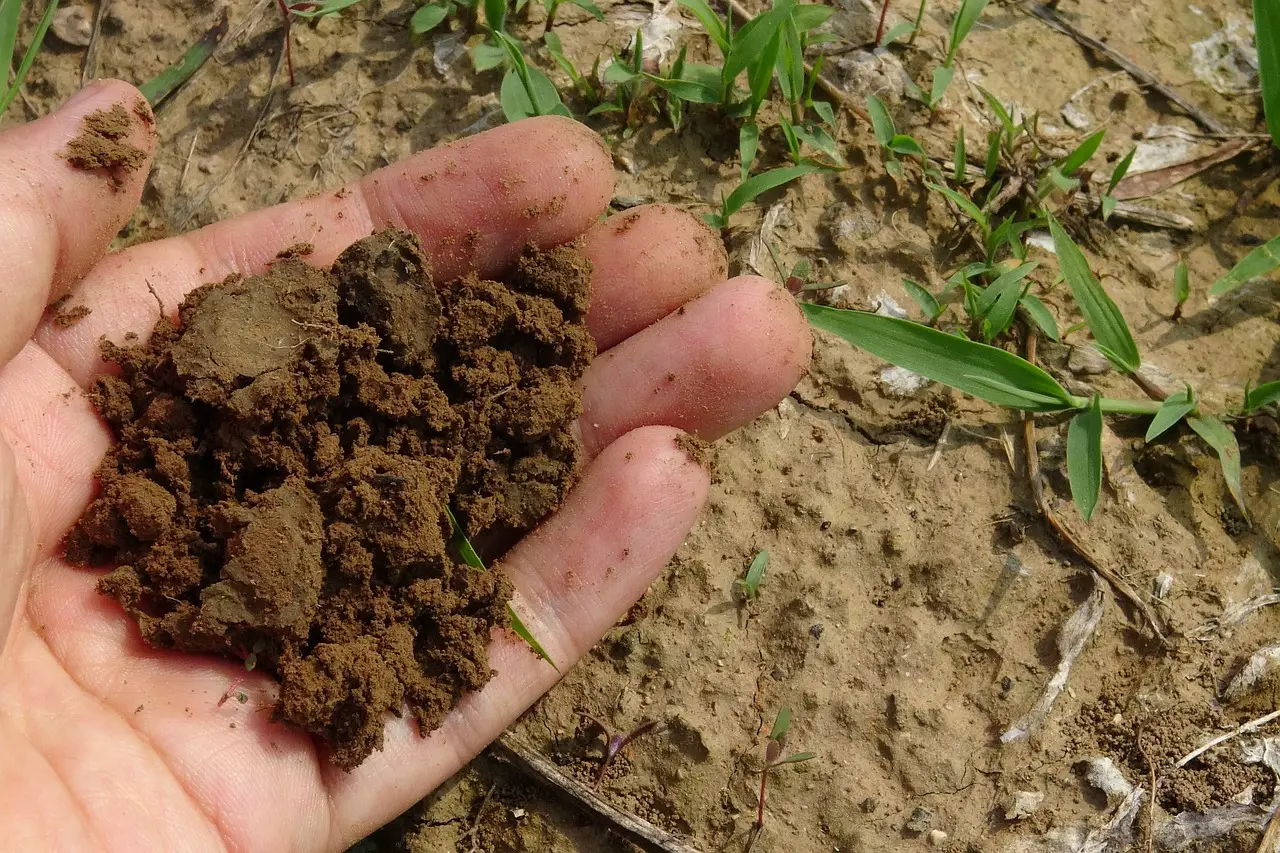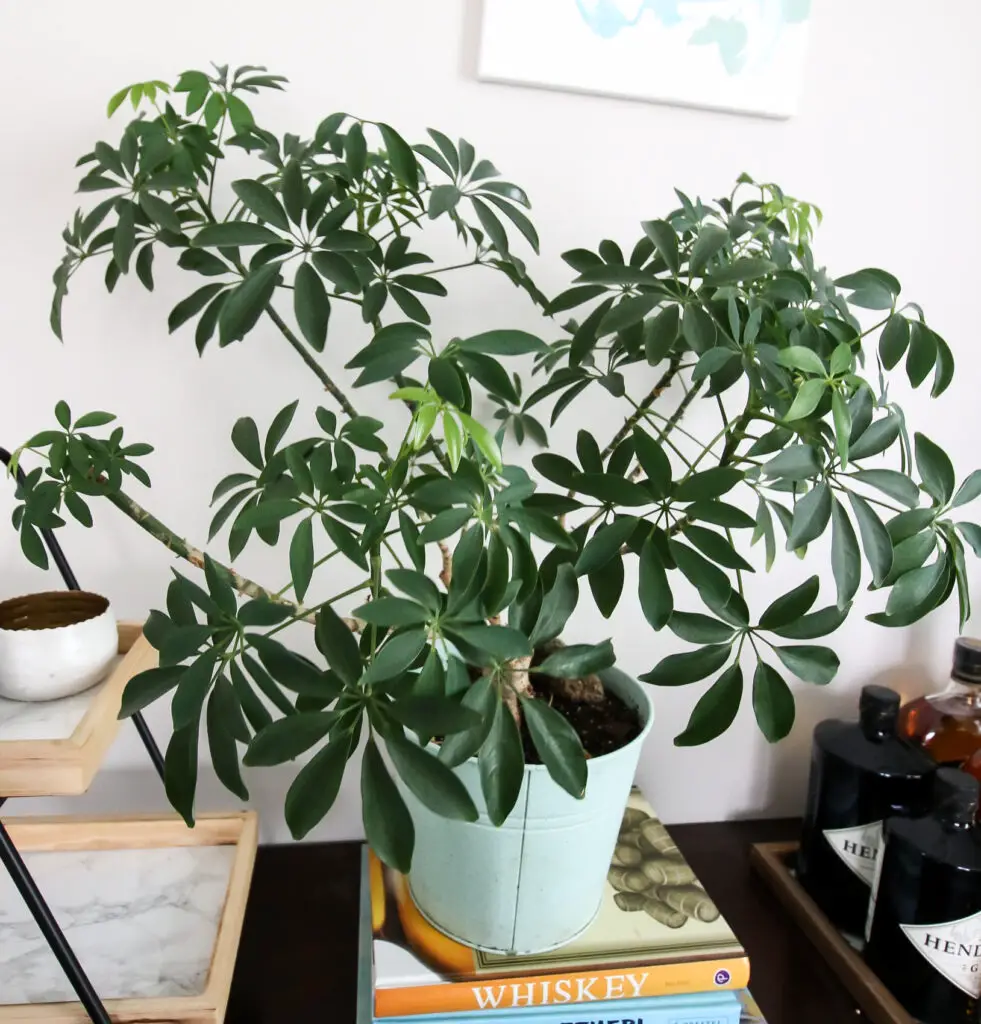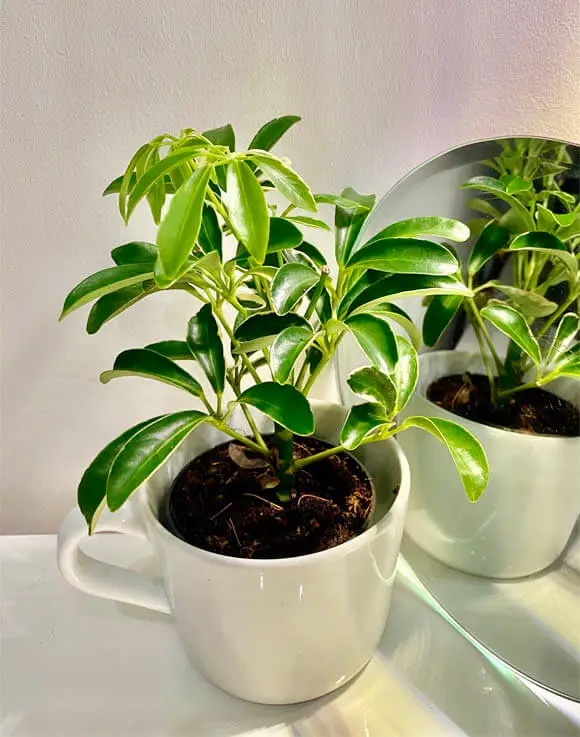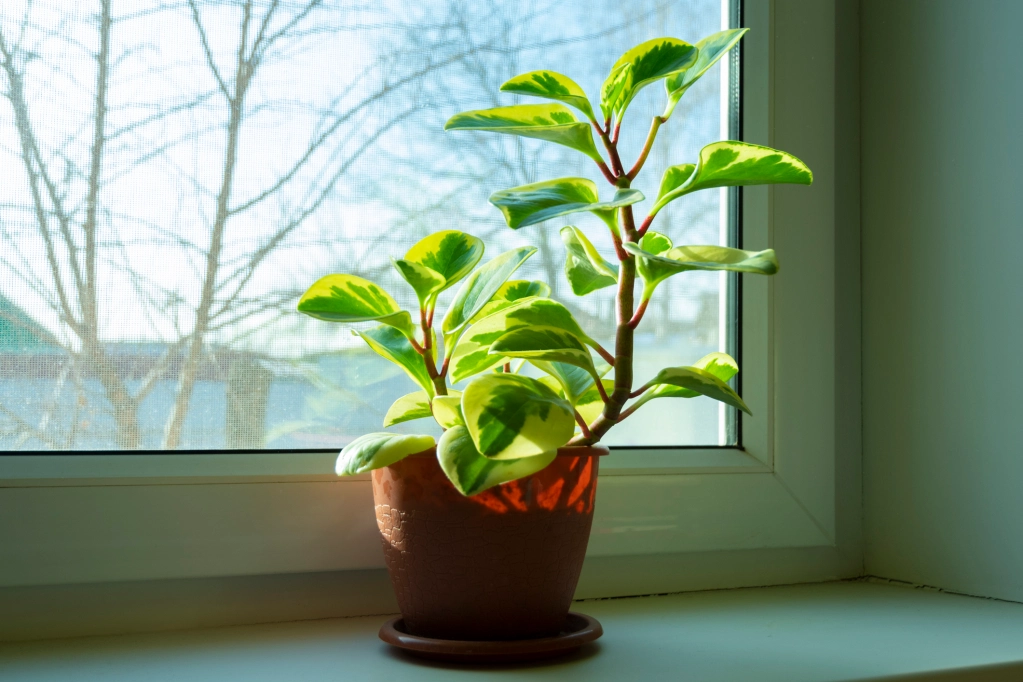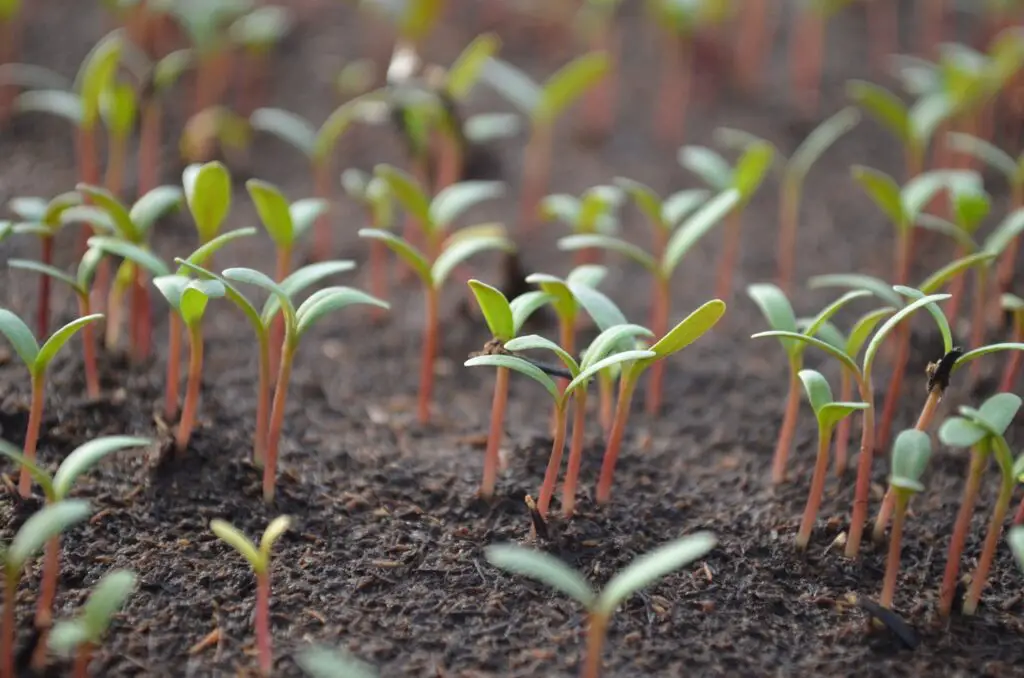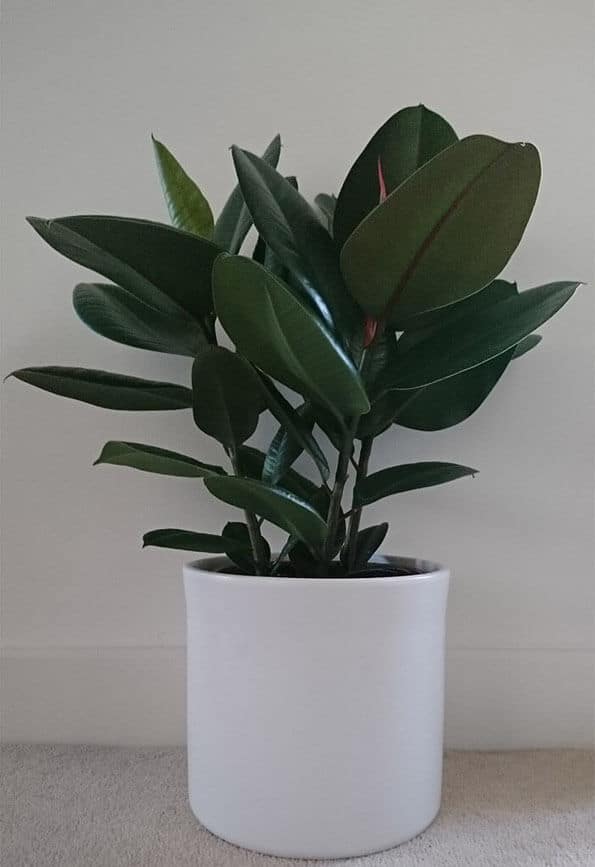Umbrella plants are versatile and easy-to-care-for houseplants that can add a touch of tropical flair to any indoor space. And while they’re often seen as a single plant in a pot, did you know that umbrella plants can also be propagated?
That’s right – with just a little bit of know-how, you can multiply your umbrella plant collection without having to buy new plants! Not only is propagating umbrella plants a great way to save money, but it also allows you to create custom plants that are specifically tailored to your own personal taste and style.
So, if you’re interested in learning how to propagate umbrella plants, then this is the ultimate guide for you! We’ll cover everything from the different methods of propagation to the best time of year to do it, as well as how to care for your newly propagated plants.
The Benefits of Propagating Umbrella Plants
Umbrella plants are known for their versatility. They can be grown in a wide range of climates and soil types, and they are relatively low-maintenance. Propagating umbrella plants can give you even more options for where and how to grow them. For example, if you propagate an umbrella plant from seed, you can grow it as an annual in colder climates where the plant would not survive the winter outdoors. Or, if you propagate from cuttings, you can create new plants that are identical to the parent plant, which is especially useful if you have a particularly hardy or disease-resistant specimen.
Increased Fertility.
Another benefit of propagating umbrella plants is that it can increase the fertility of the parent plant. This is because when a plant produces seeds, each seed contains only half of the genetic material of the parent plant (the other half comes from the pollen of the male flower). When two plants with different genetics are crossed (i.e., when they self-pollinate or are pollinated by another plant), the resulting offspring often have increased vigor and fertility compared to either parent plant. If you propagate your own umbrella plants from seed, you can take advantage of this effect by carefully selecting which plants to cross-pollinate.
Increased Pest and Disease Resistance.
Finally, propagating your own umbrella plants can also help to increase pest and disease resistance in your overall planting. This is because when you propagate from seed, each new generation of plants has the potential to be slightly different from the previous one. As a result, some individual plants may be better able to resist pests or diseases than others. Over time, as these more resistant individuals are selected for propagation, the overall population becomes more resistant to pests and diseases as well.
The Different Methods of Propagating Umbrella Plants
The most common method of propagating umbrella plants is through seed propagation. This can be done by collecting the seeds from the plant or purchasing them from a nursery. To propagate from seed, sow the seeds in a well-draining potting mix and keep them moist until they germinate. Once the seedlings have emerged, thin them out so that only the strongest ones remain. Give the seedlings plenty of light and water them regularly.
Cuttings Propagation.
Cuttings propagation is another popular way to propagate umbrella plants. To do this, take 4-6 inch cuttings from new growth on the plant and strip off the bottom leaves. Dip the cuttings in rooting hormone and then plant them in a well-draining potting mix. Keep the soil moist and give the cuttings plenty of light until they have rooted. Once they have rooted, you can transplant them into their own pots and care for them as you would any other plant.
Air Layering Propagation.
Air layering is a third method of propagating umbrella plants. To air layer, choose a healthy branch on the plant and make a slit in the bark about halfway down its length. Apply rooting hormone to the exposed area and then wrap it tightly with moist sphagnum moss or peat moss. Keep the moss moist and wait for roots to form, which usually takes 4-8 weeks. Once roots have formed, you can carefully remove the branch from the parent plant and pot it up in its own pot.
The Best Time to Propagate Umbrella Plants
One of the best times to propagate umbrella plants is during early spring. This is because the weather is usually milder and there is more daylight, which helps encourage new growth. Additionally, many plants are just beginning to come out of dormancy during this time, so they are more likely to take root and grow successfully. To propagate during early spring, simply follow the instructions for your chosen method of propagation (seeds, cuttings, or air layering) and be sure to water regularly.
Late Summer.
Another good time to propagate umbrella plants is late summer. This is because the days are shorter and the temperatures are cooler, which can help reduce stress on the plant and promote root growth. Additionally, many plants are still actively growing during this time, so they are more likely to take root and grow successfully. To propagate during late summer, simply follow the instructions for your chosen method of propagation (seeds, cuttings, or air layering) and be sure to water regularly.
How to Propagate Umbrella Plants from Seeds
To obtain seeds from an umbrella plant, allow the flowers to bloom and go to seed. Once the flowers have dried up and turned brown, cut the flower heads off and place them in a paper bag. Label the bag with the date collected and store it in a cool, dry place until ready to sow.
Sowing the Seeds.
To sow umbrella plant seeds, fill a small pot or tray with a quality seed-starting mix and moisten it with water. Gently shake the paper bag containing the seeds over the surface of the soil, then lightly press them into the mix. Place the pot or tray in a warm location out of direct sunlight and keep the soil moist but not soggy. Seedlings should appear within two to four weeks.
Caring for Seedlings.
Once seedlings have appeared, thin them so that only one or two per pot remain. Continue to water regularly, keeping the soil moist but not soggy. When seedlings are large enough to handle, transplant them into individual pots filled with quality potting mix. Allow at least six inches of space between each plant for proper growth.
How to Propagate Umbrella Plants from Cuttings
To propagate umbrella plants from cuttings, you will need to take stem cuttings from an existing plant. It is best to take the cuttings in late spring or early summer when the plant is actively growing. You will want to choose a healthy portion of the plant that has new growth. Cut off a 4-6 inch section of stem with a sharp knife or pruning shears. Make sure to make the cut just below a leaf node (the point on the stem where leaves are attached).
Preparing the Cuttings.
Once you have your cutting, remove any lower leaves so that only 2-3 leaves remain at the top of the cutting. These leaves will help provide energy for new root growth. Dip the cutting in rooting hormone powder or gel to encourage root formation, then plant it in moistened potting mix or perlite. Be sure to keep the cutting warm and moist while its roots – a clear plastic bag placed over the pot can help create a humid environment.
Rooting the Cuttings.
It can take 4-8 weeks for umbrella plant cuttings to develop roots and be ready to transplant into their own pots. You will know they are ready when you see new growth appearing at the leaf nodes and when you can gently tug on the cutting and feel resistance (indicating that roots have formed). Once your cuttings are rooted, carefully transplant them into individual pots filled with well-draining potting mix or perlite, and water them well.
Caring for the Rooted Cuttings.
Rooted umbrella plant cuttings need bright indirect light and consistent moisture levels to thrive – too much sun or too little water can cause them to wilt quickly. Allow the soil to dry out slightly between waterings, and fertilize monthly with a balanced fertilizer during their first growing season after transplanting. After that, you can reduce fertilization to once every other month during the spring and summer months.
How to Propagate Umbrella Plants via Air Layering
When choosing a branch to air layer, look for one that is healthy and has several leaves. The branch should be about the thickness of a pencil. If the branch is too thin, it may not be able to support the weight of the air layer. If the branch is too thick, it will be difficult to wrap.
Making the Slit.
Make a slit in the bark of the chosen branch about 8 inches from the tip. The slit should be about ¼ inch deep and ½ inch wide. Be careful not to cut into the wood of the branch.
Applying the Rooting Hormone.
Apply rooting hormone to the exposed area of wood inside the slit. You can use a powder, gel, or liquid rooting hormone. Follow the directions on the packaging for how much to use.
Wrapping the Branch.
Wrap the entire section of the branch below the slit with moist sphagnum moss, plastic wrap, or aluminum foil, being sure to keep it snug against the bark so that no light can reach the cut surface of the slit. You can secure the wrap with twist ties, tape, or staples if necessary. Make sure that the material you use is moisture-retentive but not waterlogged . You may need to mist the moss periodically to keep it moist.
Caring for The Air Layer
The air layer will take several weeks or months to develop roots depending on conditions such as temperature and humidity. Once roots have formed, you can carefully remove the air layer from the parent plant and pot it up. Keep the newly potted air layer out of direct sunlight and water it as needed to keep the soil moist but not soggy until it becomes established.
How to Care for Propagated Umbrella Plants
It is important to water umbrella plants thoroughly and regularly, especially during the hot summer months. Allow the top inch or so of soil to dry out between watering. If the leaves start to droop, that is a sign that the plant needs more water. Be careful not to over-water, as this can lead to root rot.
Fertilizing.
Umbrella plants should be fertilized every two weeks during the spring and summer growing seasons, using a diluted all-purpose fertilizer. Once the plant starts to produce flowers, you can switch to a fertilizer that is high in phosphorus, such as bone meal or bloom booster fertilizer. In the fall and winter, cut back on fertilizing to once a month.
Pruning.
Pruning is not necessary for umbrella plants, but if you want to control their size or shape, you can prune them after they finish blooming in late summer or early fall. To do this, simply cut back the stems by a few inches using sharp pruning shears.
Repotting.
Umbrella plants should be repotted every two years or so, in early spring before they start actively growing again. Choose a pot that is only one size larger than the current pot, and use a fresh potting mix made for tropical plants. Be sure to water well after repotting and keep an eye on the plant for signs of stress such as wilting leaves.
Conclusion
In conclusion, propagating umbrella plants is a great way to increase their versatility, fertility, and pest and disease resistance. There are several different methods of propagation, but the best time to propagate is in early spring or late summer. Seeds can be obtained from mature plants and sown in well-drained soil. Cuttings can be taken from healthy stems and rooted in potting mix. Air layering is also a successful method of propagation and can be done by choosing a healthy branch, making a slit, applying rooting hormone, wrapping the branch, and then caring for the air layer. Once propagated, umbrella plants need to be watered regularly, fertilized monthly, pruned as needed, and repotted every two years.
